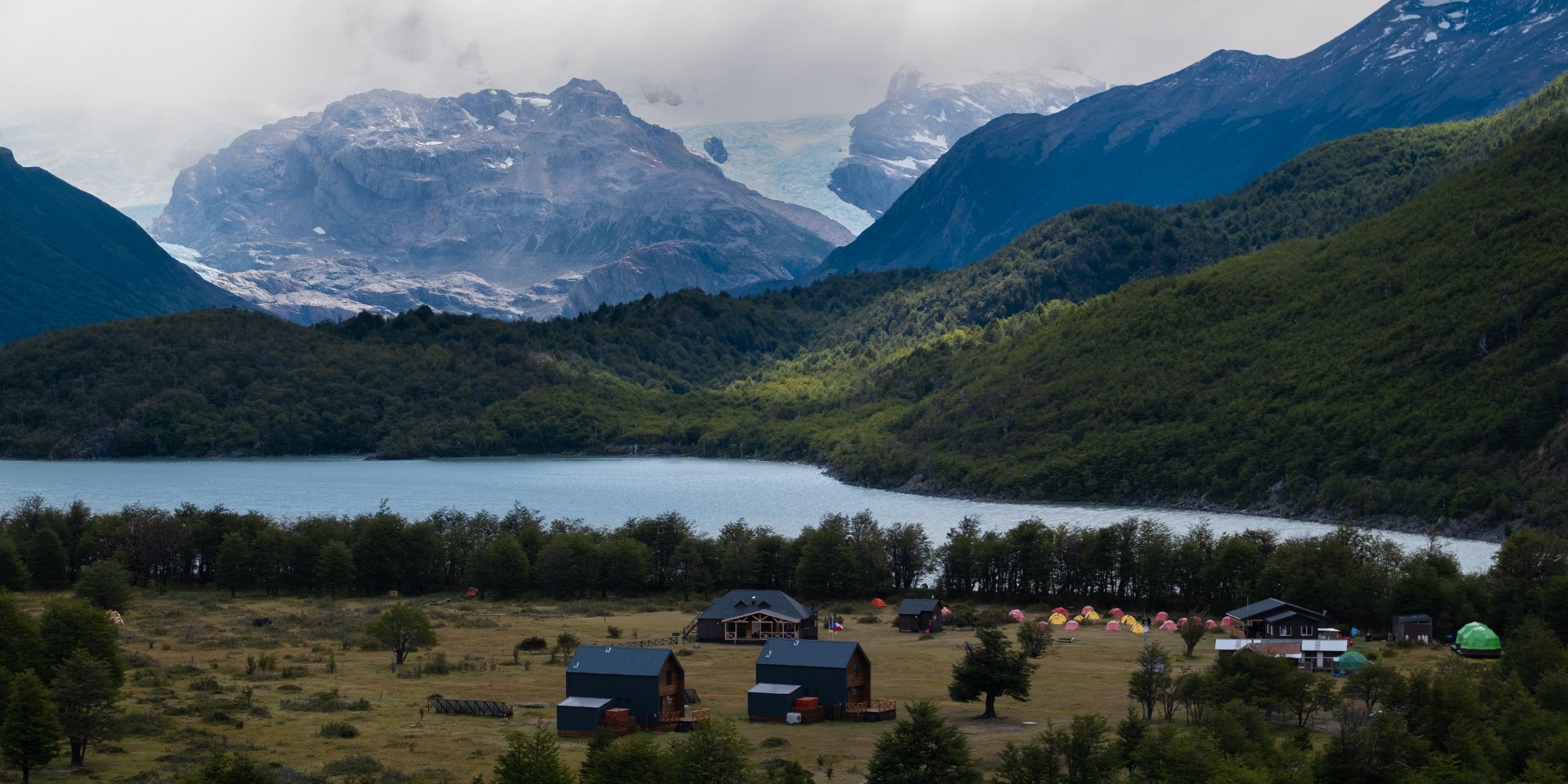On a multi-day hut trek through the mountains, your accommodation is fixed in advance. You stay in a hut in the mountains, usually in a dormitory with several people. But mountain huts are not hotels, so you need to take some things with you to prepare for your overnight stay, as you can’t just expect everything to be provided. Bedding is one of the things that won’t always be there, so take a sleeping bag, sheet bag, travel pillow, and pillowcase with you. This will ensure you have comfortable nights in between strenuous hiking days, as rest is very important.
However, if your hike includes camping along the way, you'll need additional gear to ensure a good night’s sleep under the stars. For shelter, I recommend the Big Agnes Copper Spur HV UL2 tent. It's ultralight, compact, and built for adventures, offering features like an awning-style vestibule and easy setup with the TipLok Tent Buckle™. To ensure you sleep comfortably, pair it with the Big Agnes Rapide SL Insulated sleeping pad. This superlight, three-season pad is insulated for warmth, packs down small, and includes a high-volume inflation sack for easy setup. Together, they provide a reliable, lightweight setup for camping during your hike.
Because you’ll be staying in a dormitory with several people or sharing campgrounds (unless you camp in the wilderness), it’s wise to bring some items to make your stay more comfortable and respectful of others. Think of a headlamp or torch, which allows you to make light when leaving early without disturbing others. Earplugs are another great addition, helping you sleep soundly even if a neighbor snores. Also, bring clothes to sleep in and a rubbish bag to separate dirty clothes from clean ones. These small details can make a big difference in your overall experience.

